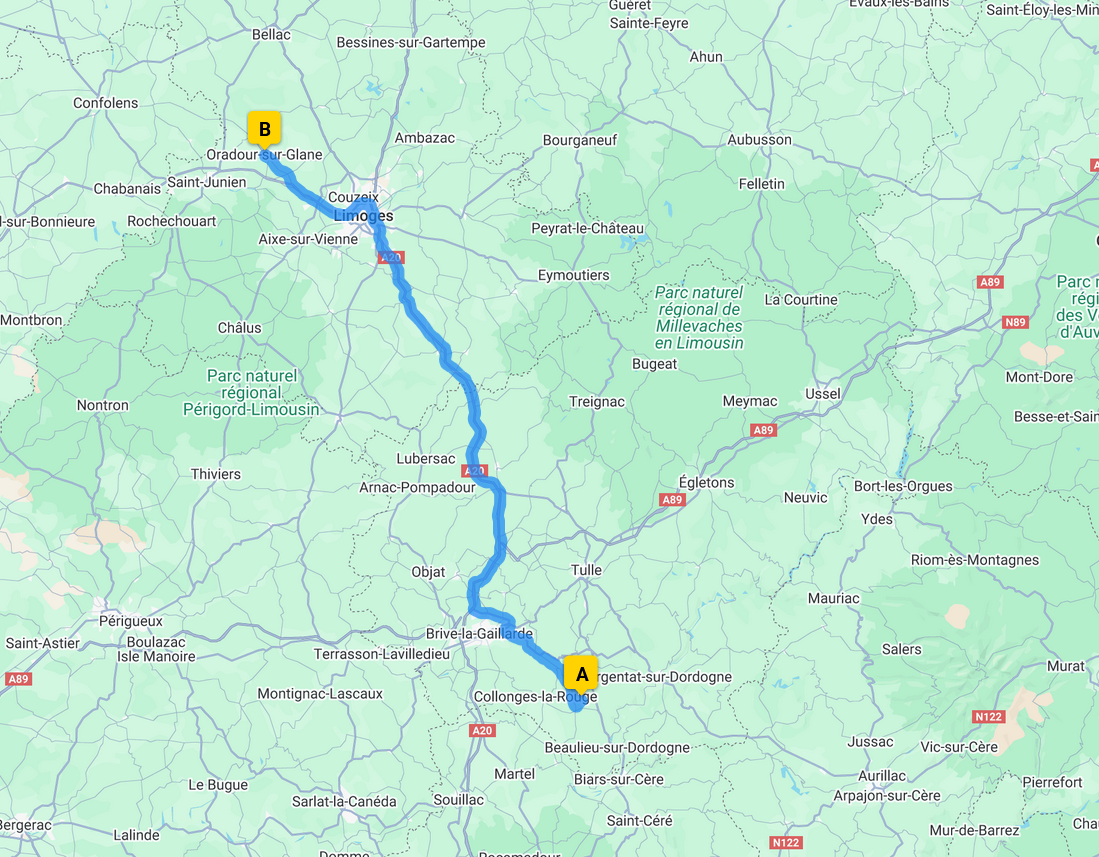The Centre de la Mémoire d’Oradour (Oradour Memorial Centre) is a museum and memorial near the ruined village of Oradour-sur-Glane that documents the massacre of 10 June 1944, explains the historical context of the massacre, and preserves testimony, archives, and objects to educate future generations.
Historical background
The centre was created following initiatives in the late 1980s to establish a permanent place of remembrance and historical research about the massacre carried out by a unit of the 2nd SS Panzer Division Das Reich in June 1944. The project gained regional and national support, underwent historical research and design phases, and the memorial centre opened in 1999.
Architecture and exhibition design
Designed by architect Yves Devraine, the building deliberately merges with the landscape and uses a restrained, weathered material palette. Its layout and exhibition design use contrasting areas—dark and red sequences to present the Nazi movement and military advance, and lighter, more reflective spaces to evoke the village and its inhabitants before the massacre. Windows and mirrored surfaces are used intentionally to prompt reflection and a sense of passage between past and present.
Collections and resources
The centre houses documentary archives, photographs, films, publications, and oral testimony assembled during the centre’s research phase. It includes a resource centre for historians and educators, temporary exhibition spaces, and facilities for school groups and guided interpretation. The permanent exhibition aims to bear witness, inform visitors about the events of 10 June 1944, and provoke reflection on war, violence, and memory.
Purpose and public role
The Centre de la Mémoire functions as a memorial, an educational institution, and a research resource. It frames the massacre within the broader context of World War II, presents the experience of the village’s inhabitants, and supports remembrance practices while encouraging reflection on peace and human rights.
























